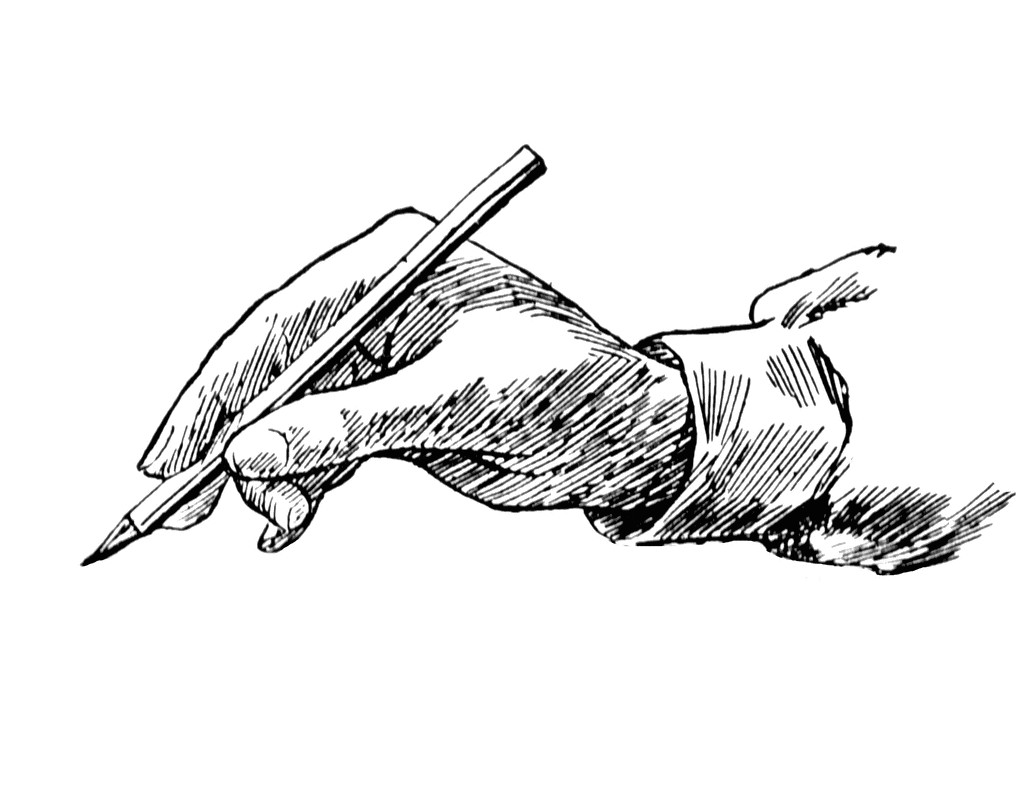Walt Disney? Carolyn Kay Shafer? Douglas Adams? John Lloyd? Adam Breede? Ralph Spence? Anonymous?

Question for Quote Investigator: I first encountered the following quip many years ago. Here are two versions:
(1) You don’t have to be crazy to work here, but it helps.
(2) You don’t have to be mad to work here, but it does help.
Would you please explore the origin of this humorous remark?
Reply from Quote Investigator: This joke has been employed by famous individuals. For example, in 1933 the entertainment entrepreneur Walt Disney received credit for the jest from his secretary:1
“We have a staff of exceptionally young people. Good fellowship predominates, but we all work hard.
“Mr. Disney is never too busy to be genuinely interested in each individual. He often says jokingly: ‘You don’t have to be crazy to work here, but it helps!’”
This remark fits a template with the phrases “don’t have to be” and “but it helps”. A family of expressions of this type is sometimes called a snowclone. Here is an overview with dates which depicts the evolution of the joke:
1920 Jun: A man don’t have to be crazy to believe in Free Trade, but it helps. (Anonymous)
1920 Jul: You don’t have to be a darn fool to be a detective, but it helps a lot! (Gelett Burgess in “Judge”)
1921 Jul: A man don’t have to be crazy to play golf, but it helps a great deal. (Attributed to unnamed business man in St. Paul, Nebraska)
1923 Nov: One doesn’t have to be a darned fool to be a reporter, but it helps a lot. (John D. MacPhail in “Judge”)
1925 Nov: You don’t have to be crazy to dance the Charleston, but it helps. (Attributed to Ralph Spence)
1925 Jun: You don’t have to be crazy to play this on a saxophone, but it helps a lot. (Crossword clue in “Judge” magazine)
1926 Aug: One doesn’t have to be crazy to pick an all-star team but it helps. (Columnist Percy the Pest)
1930 Dec: “Do you have to be crazy to write poetry?” “No, but it helps” (Anonymous)
1932 Jul: Mr. Allison also admits that one doesn’t have to be crazy to write columns, but that it helps. (Attributed to Albert Allison)
1933 Nov: You don’t have to be crazy to work here, but it helps! (Attributed to Walt Disney)
1934 Sep: You don’t have to be a nut to go hunting and fishing, but it helps. (Columnist Hank in Springfield, Illinois newspaper)
1941 Feb: It is not necessary to go crazy over the work, but it helps. (Engineering student at University of Michigan)
1948 Mar: You don’t have to be mad to work here, but it does help. (Anonymous sign)
Below are additional selected citations in chronological order.
Continue reading “Quote Origin: You Don’t Have To Be Crazy To Work Here, But It Helps”







